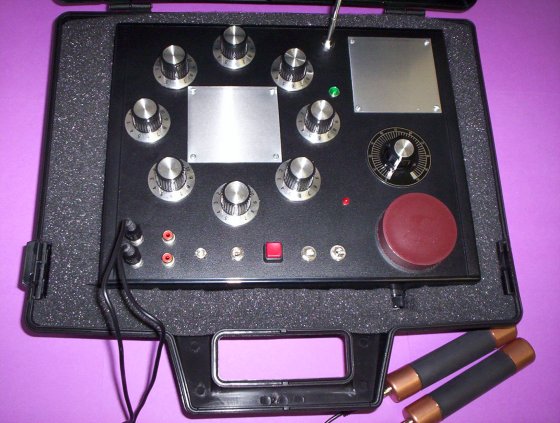Wow! Here says... you can influence others with your desire using this 'metaphysical power tool'.
Check it out! http://www.higherpowertech.com/
Also, check out William Boroughs 1986 lecture on paranormal, synchronicity, and dreams... a wishing machine? Perhaps a student attending this lecture created the metaphysical power tools...
https://www.youtube.com/watch?v=d-2a0Rti6-Y
Check it out! http://www.higherpowertech.com/
Also, check out William Boroughs 1986 lecture on paranormal, synchronicity, and dreams... a wishing machine? Perhaps a student attending this lecture created the metaphysical power tools...
https://www.youtube.com/watch?v=d-2a0Rti6-Y

 RSS Feed
RSS Feed